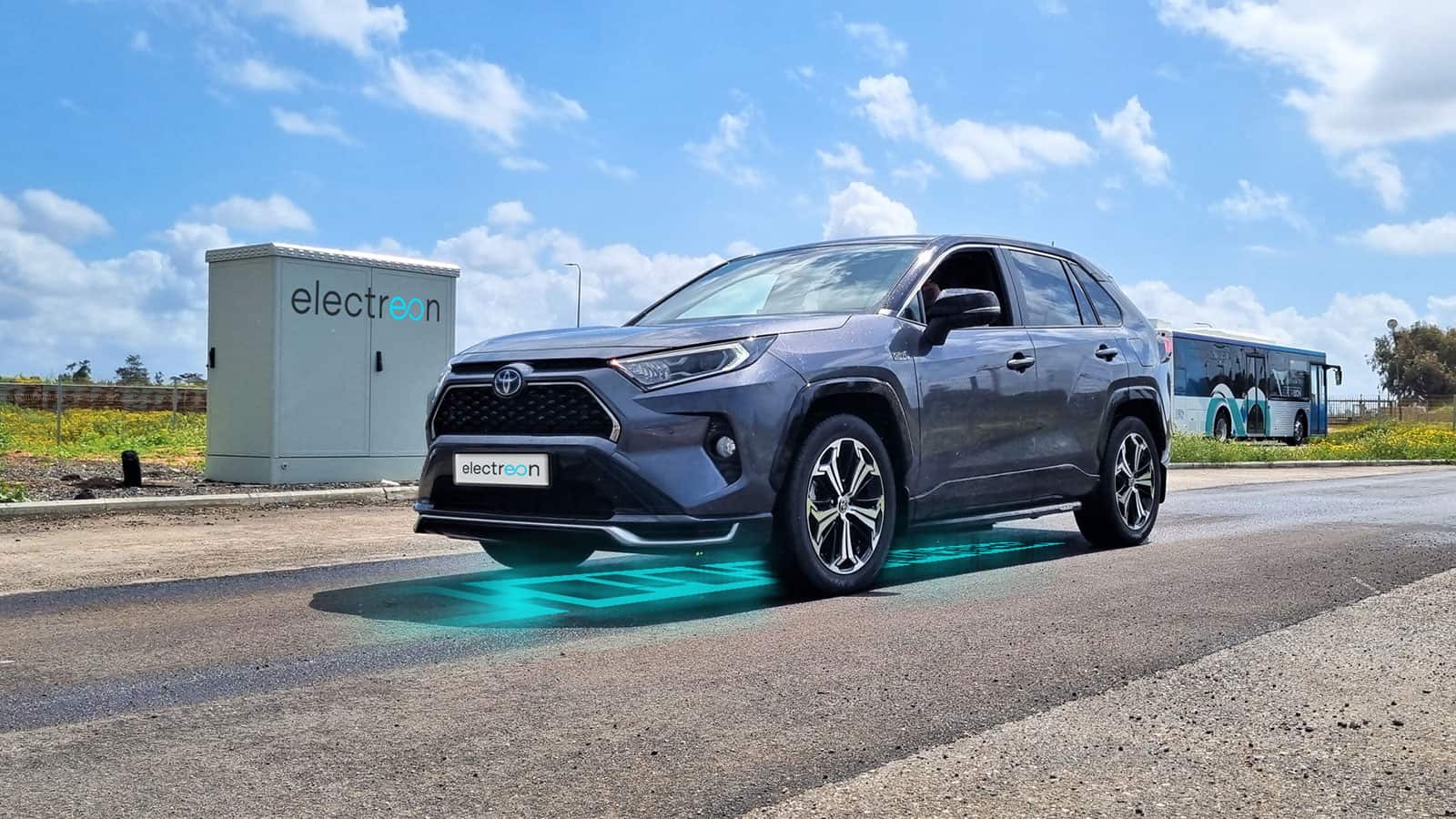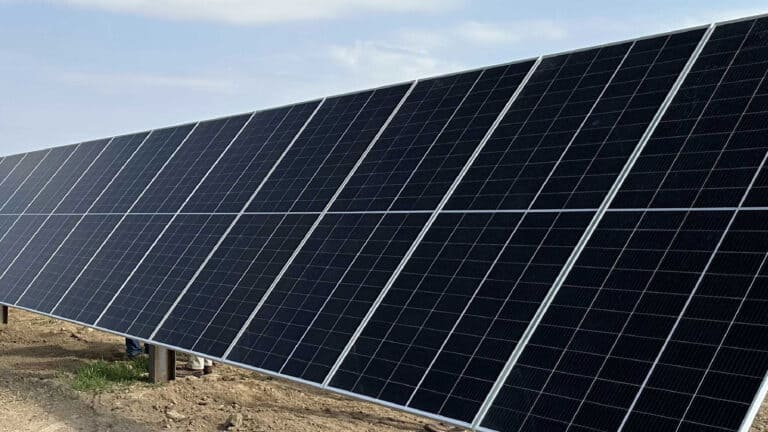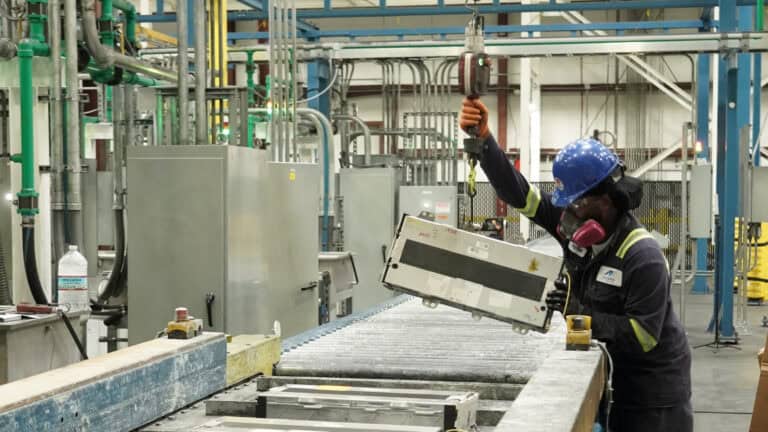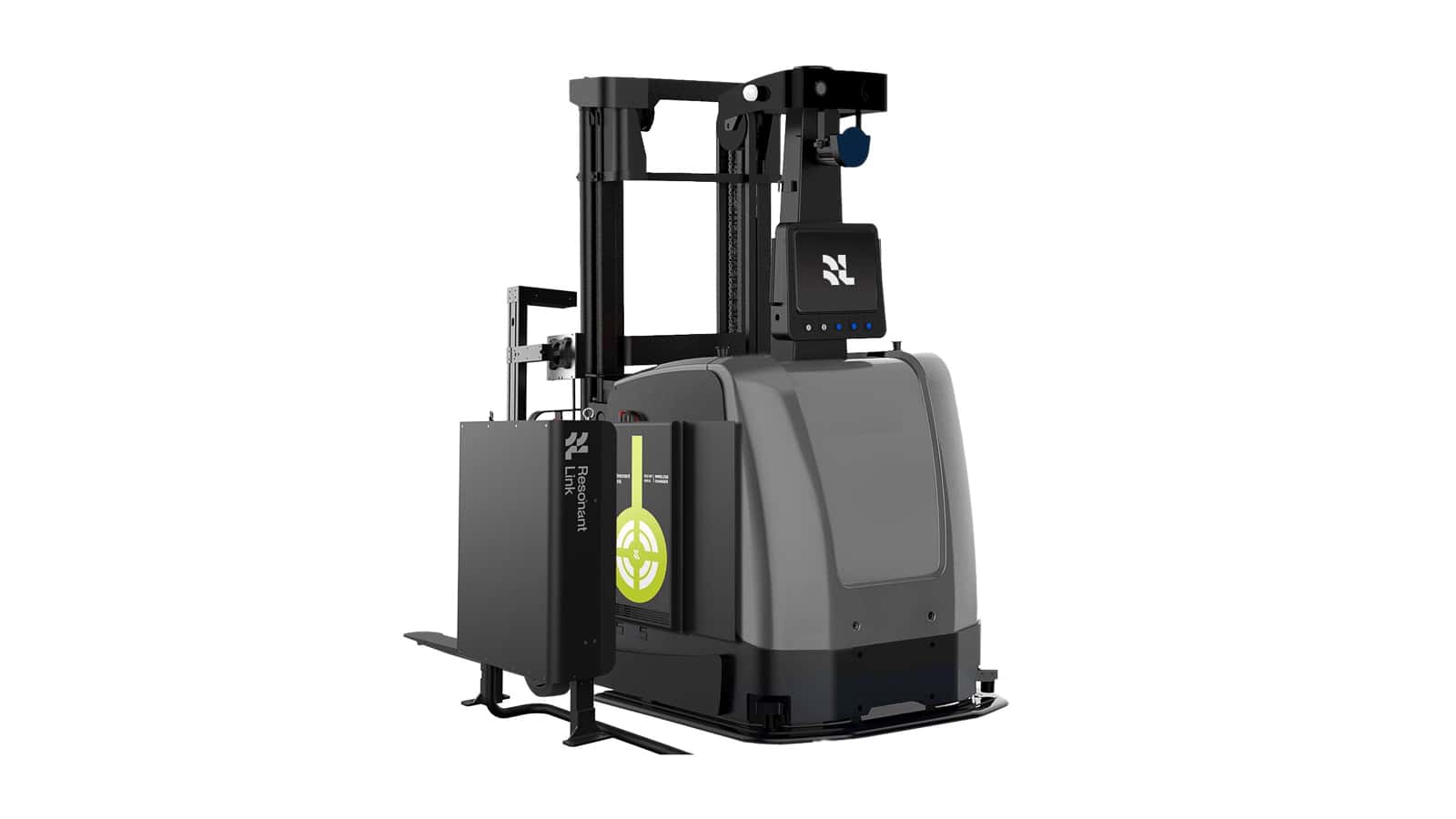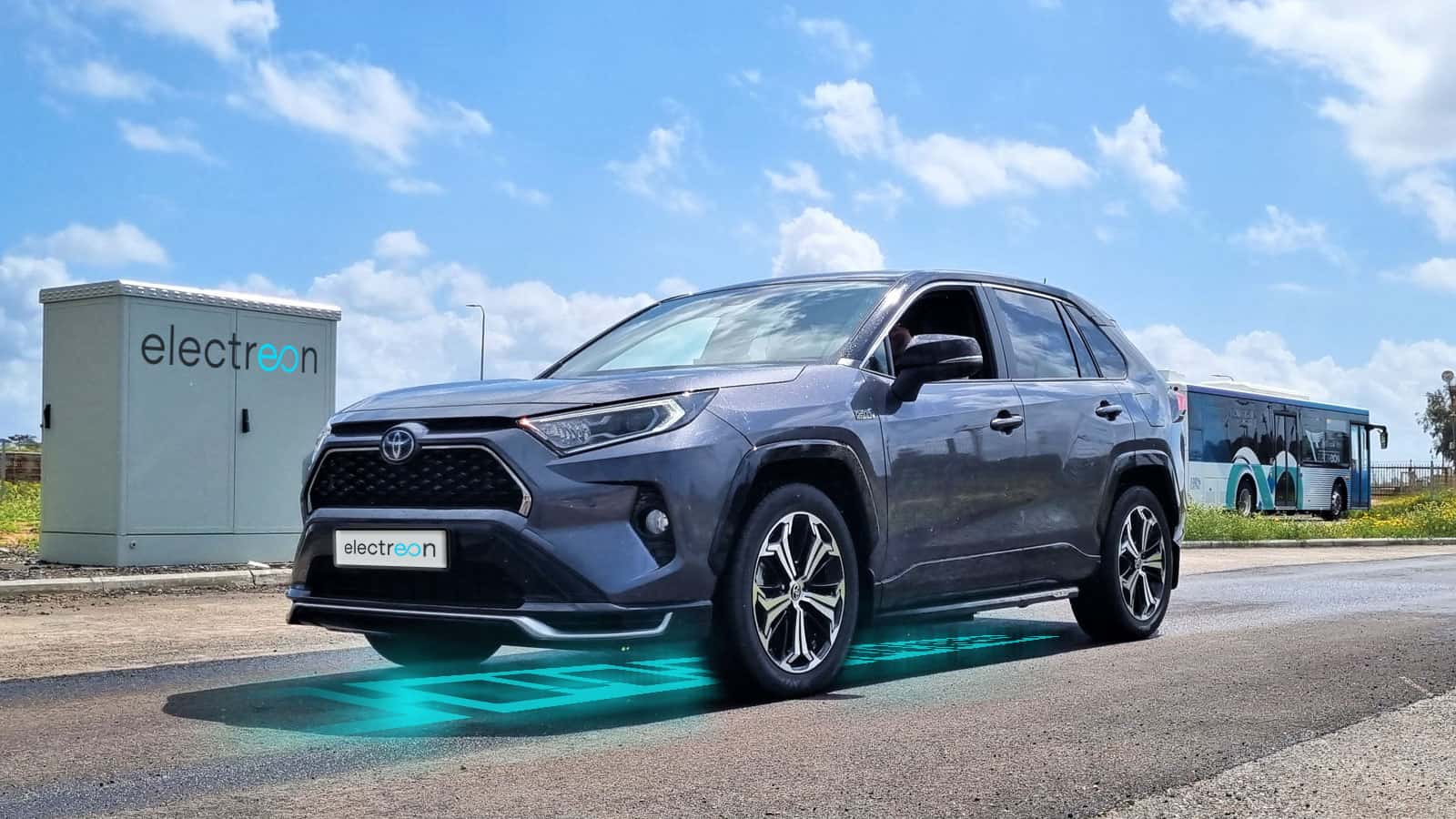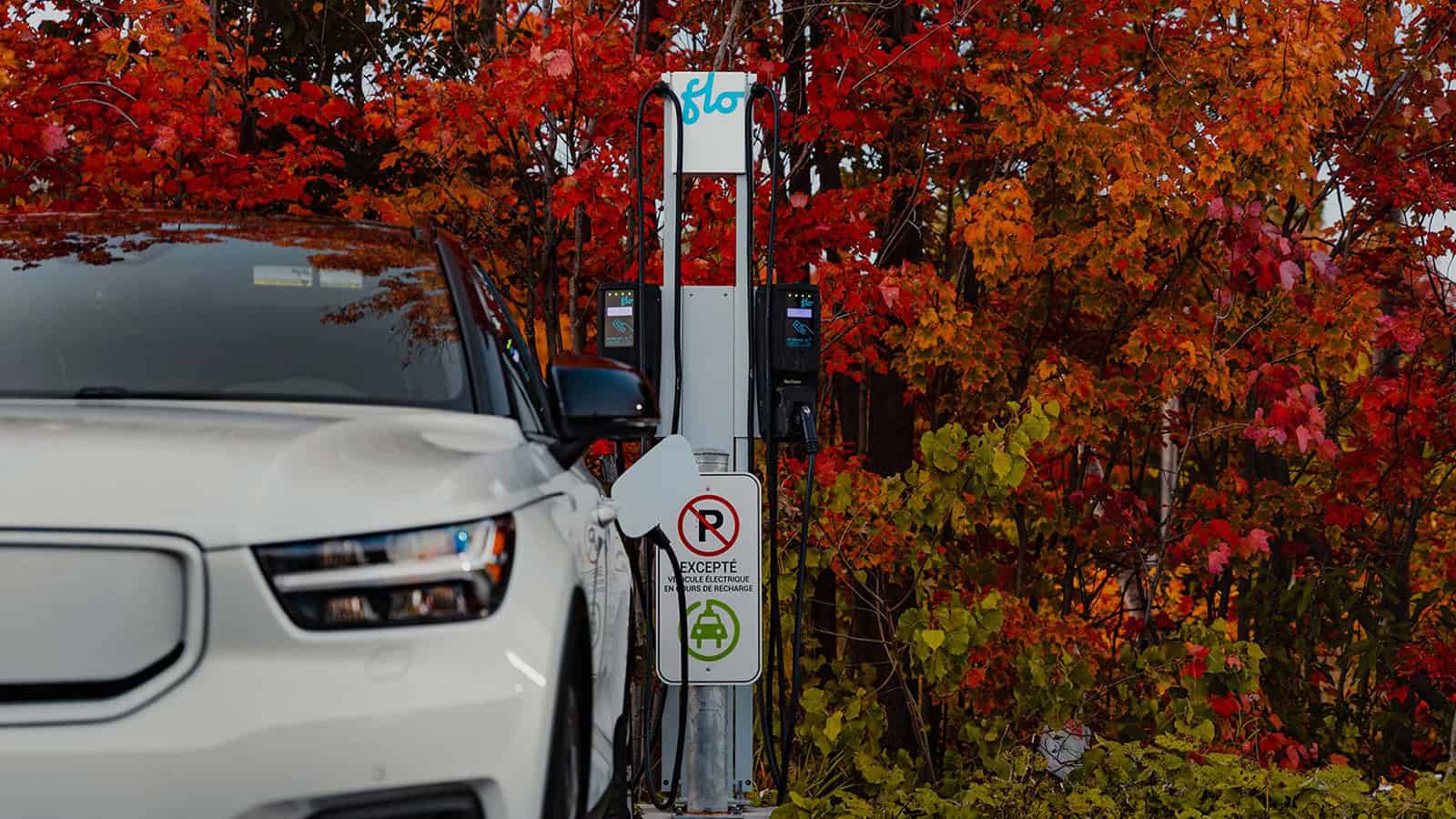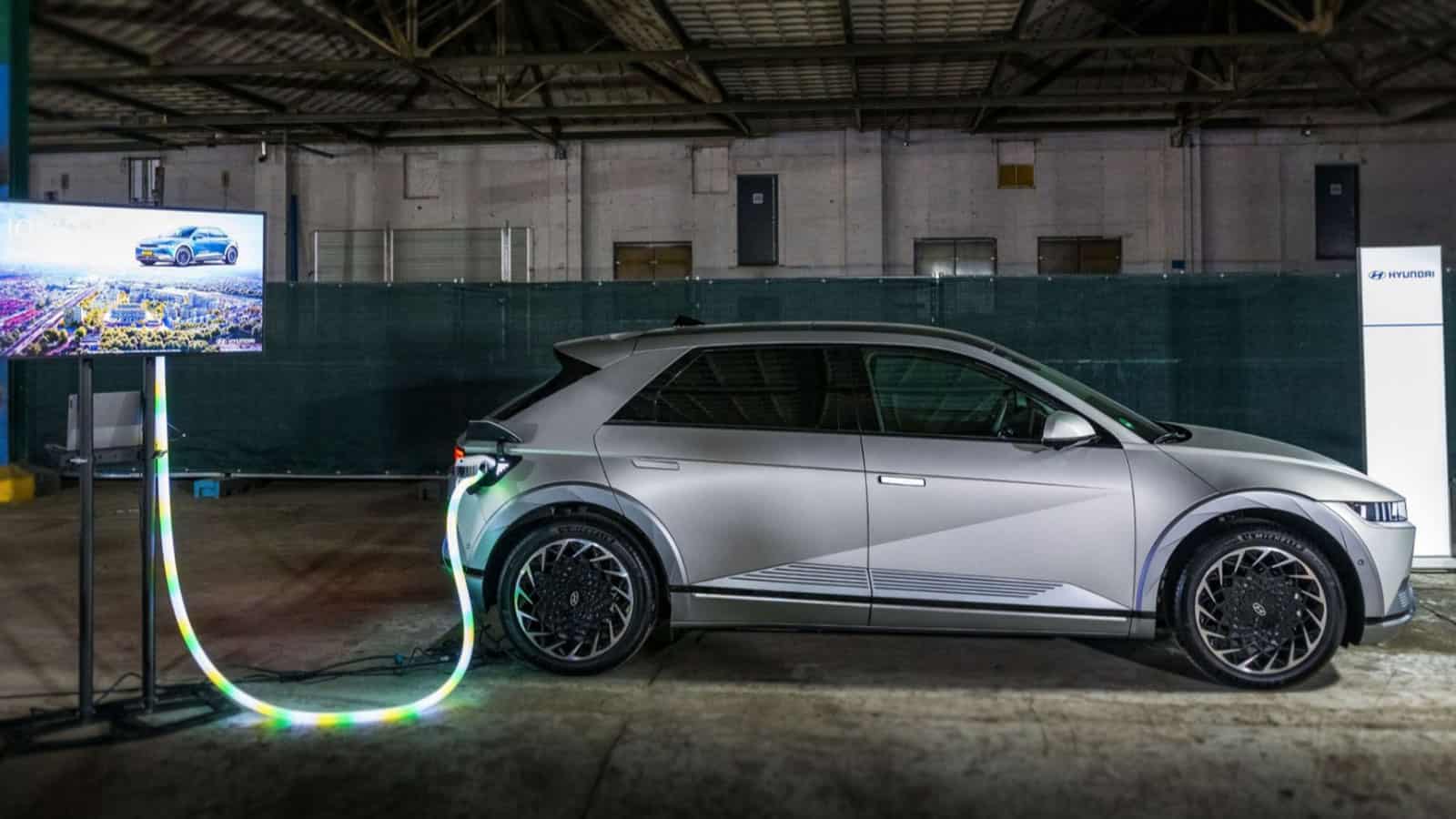- Electreon developed a wireless EV charging system that can be built into roads.
- Government agencies have grants to boost wireless EV charging programs.
- The goal of these new EV charging programs is to reduce the size of batteries and their impact on the electric grid.
Innovative companies continue to develop electric vehicle charging technology that will remove range anxiety and reduce battery size to make EV driving convenient, affordable, and stress-free. To accomplish this goal, Electreon is working with state and federal government agencies to fund and build Electric Road Systems.
Taking the Lead in Michigan
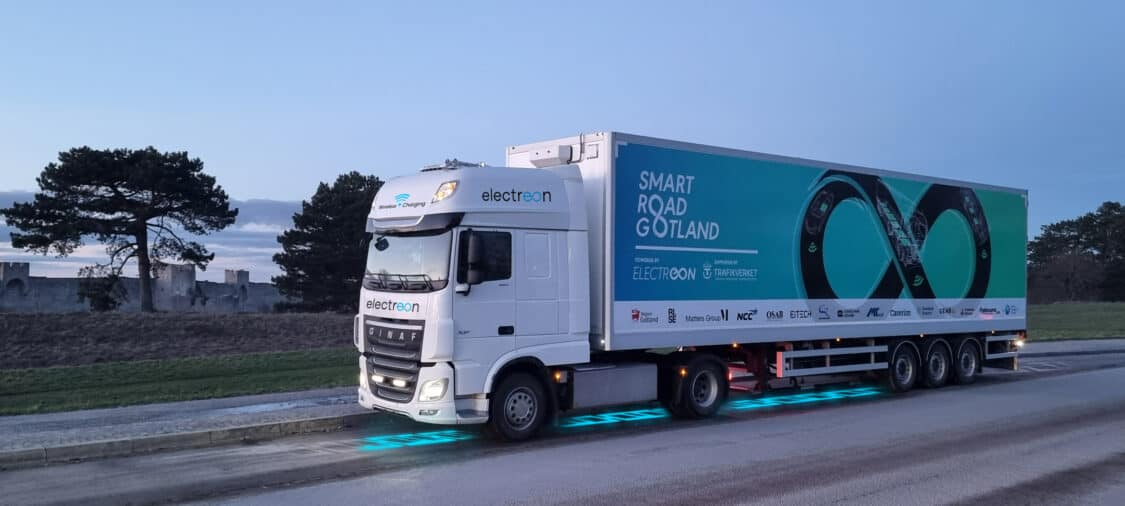
Representative Haley Stevens (D-MI) introduced a new grant program within the U.S. Department of Transportation to fund Wireless EV Charging projects. The Wireless Electric Vehicle Charging Grant Program of 2023 includes $250 million in grants for companies like Electreon.
This grant program was inspired by a pilot program to build the first public wireless EV charging road in the United States. Electreon, the Michigan Department of Transportation, Ford Motor Company, DTE Energy, Michigan’s Office of Future Mobility and Electrification, the City of Detroit, and other agencies worked together in 2021 and 2022 to develop a five-year project to turn a one-mile section of 14th Street and U.S. Route 12 into a wireless EV charging road.
The same technology has been deployed in Sweden, so Michigan weather isn’t a concern. The in-road coils and EV receivers function regardless of the weather. Since the coils are installed three inches into the pavement, snow plows will not damage them.
The best use of wireless EV charging is on busy, routine routes – especially those used by heavy-duty trucks. The charging coils can be installed in roads and highways, at tollways, loading docks, ports, and parking lots. It functions most efficiently when vehicles are traveling at speeds under 65 MPH.
How Wireless Road Technology Works
Electreon’s Electric Road Systems technologies include in-road copper coil segments buried three inches into the pavement. As vehicles move down the road, magnetic induction charges the batteries. The same technology can be used in wireless parking spots. Electric vehicles need a receiver unit to pull energy from the coil technology. When the receiver and the coils align, charging happens.
Current wireless charging technology works like a Level 2 charging system, providing up to 20kW of power.
EVs will need to be retrofitted with receivers, and companies like WiTricity are working with OEMs to add the technology to future EVs. The BMW 530e plug-in hybrid is the only vehicle sold in the US with optional wireless EV charging technology. Tesla recently acquired the tech company Wiferion as it moves to develop a wireless EV charging network.
Benefits of Wireless EV Charging


This new technology has the potential to reduce the cost of EVs. Because EVs can charge while moving, automakers can install smaller batteries as drivers will no longer need to worry about arriving at public destination charging stations.
Battery range will expand, and sticker prices will drop. Mining for lithium will slow, as smaller batteries require less of it. Wireless EV charging reduces the impact on the electric grid, as EV owners will no longer need to rely solely on the grid to power their vehicles.
European Plans for Wireless EV Charging Roads
European nations have lofty goals for wireless EV charging. Germany plans to build 2,500 miles of EV charging roads, while Sweden plans to build 1,200 miles by 20230. Frances plans to build up to 6,000 miles of charging roads by 2035.
Battery Swapping Technology
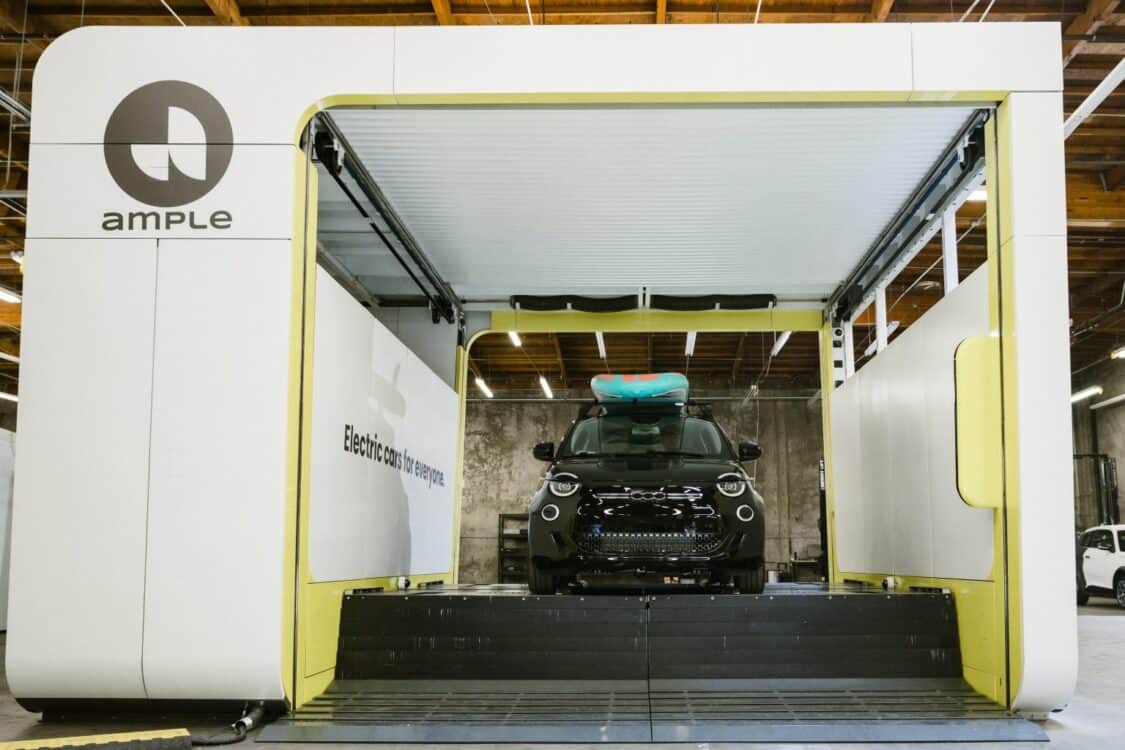
Waiting for your EV charge could eventually become old news. Along with wireless charging roads, EVs could fill up with battery swaps. Consider how we use rechargeable batteries with small devices like flashlights and remote-control vehicles. Your EV would have a removable battery that you swap out at a fully automated battery station.
You drive your EV into a parking spot, where a machine lifts the EV to remove the depleted battery and replace it with a full one. The process takes about a minute. The tech company Ample has developed Modular Battery Swapping to redefine the way we charge our EVs.
Like WiTricity, Ample has to work with automakers to have its technology added to new EVs. The company is already working with Uber and some taxi companies in California to pilot the technology.
ADVERTISEMENT

SOURCE | FEATURE IMAGE: ELECTREON WIRELESS LTD
FTC: We use income-earning auto affiliate links. Learn more.













